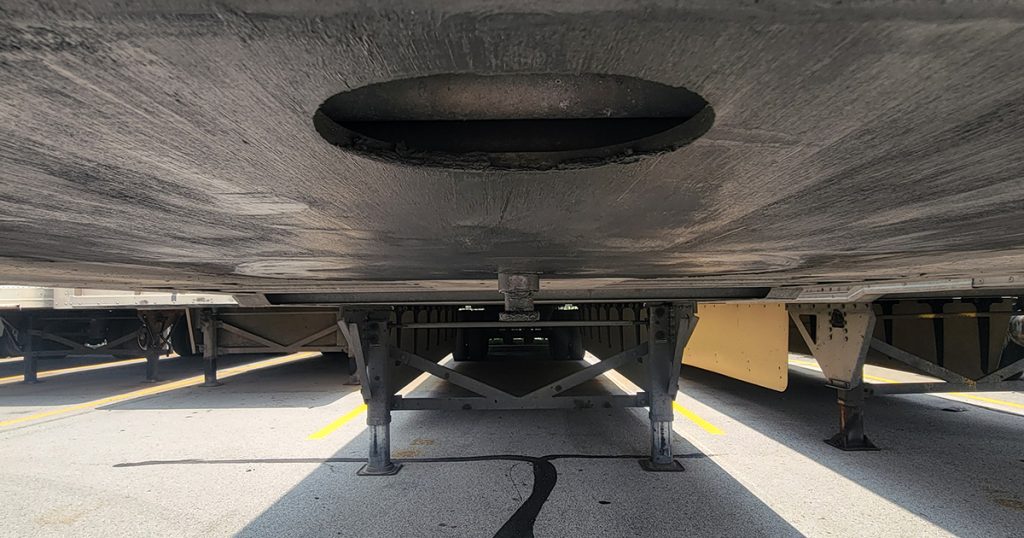Home » Training » Trailer Glossary » Bolster Plate Height

Bolster Plate Height
Bolster Plate Height is the height from the ground to the bolster plate when the trailer is level and without a load. This can significantly impact the trailer’s stability and overall performance.
Impact of Bolster Plate Height
Center of Gravity: The height of the bolster plate affects the trailer’s center of gravity. A higher bolster plate raises the center of gravity, which can make the trailer more prone to tipping, especially during sharp turns or sudden maneuvers.
Load Distribution: Proper bolster plate height ensures even load distribution across the trailer’s axles. If the height is incorrect, it can lead to uneven weight distribution, causing excessive wear on certain axles and tires.
Coupling Efficiency: The bolster plate height must match the fifth wheel height of the tractor for a secure and stable connection. Mismatched heights can lead to improper coupling, increasing the risk of decoupling and instability.
Aerodynamics: The height can also influence the aerodynamic profile of the trailer. An optimal height reduces air resistance, improving fuel efficiency and stability at high speeds.
